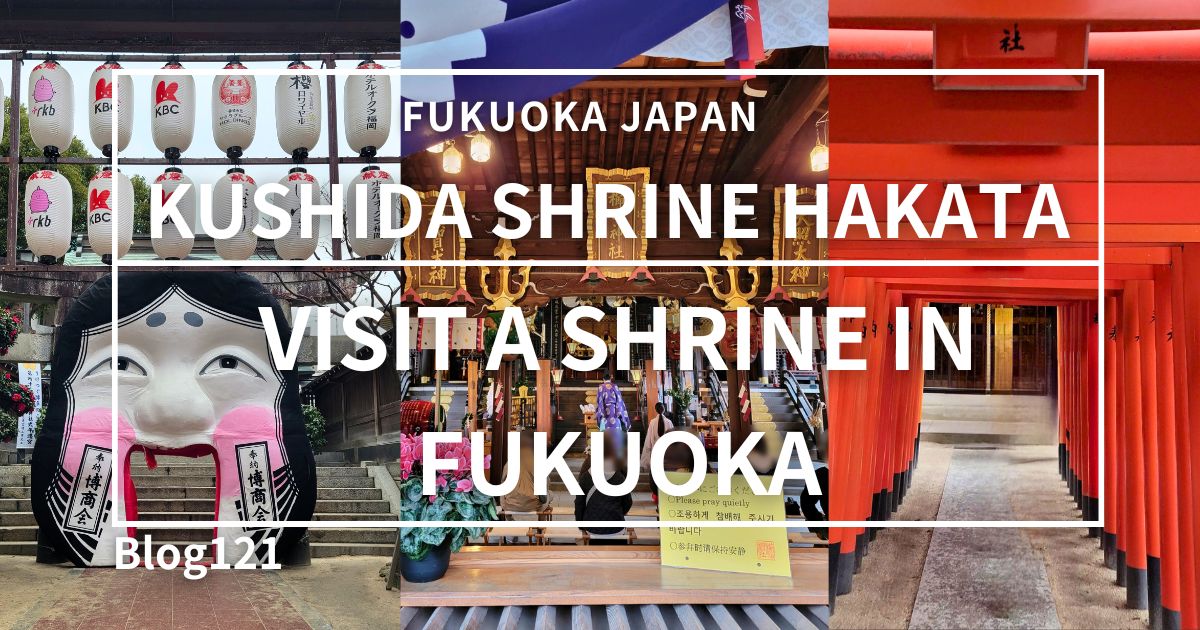Winter Trip to Fukuoka - Hakata Edition by @owncolorstravel , a travel and lifestyle blogger based in Okinawa.
During my visit in late January, the temperature in Fukuoka dropped to around 2°C (36°F) at its lowest. The weather was pretty unpredictable—sometimes snowing, sometimes turning into rain. But since it’s a trip, I wanted to make the most of it and enjoy sightseeing as much as possible. This time, I decided to visit a shrine in Hakata to do my New Year’s prayers.

・Kushida Shrine Hakata
I visited Kushida Shrine, known as the guardian shrine of Hakata, for my first shrine visit of the New Year. Despite the freezing weather and falling snow, the shrine was impressive and definitely worth seeing. There were also plenty of tourists from overseas. Here’s a glimpse of what it was like.
・Access
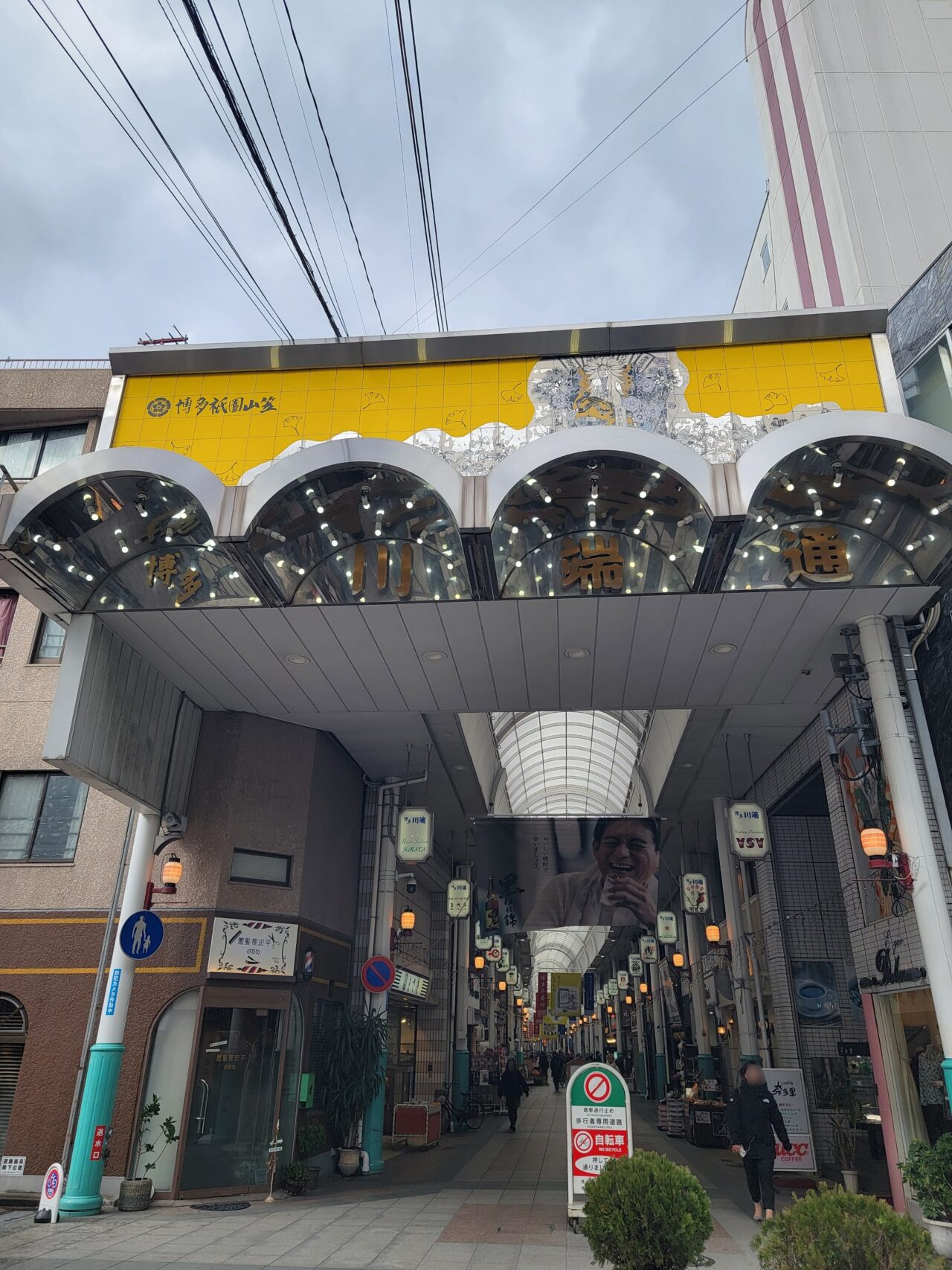
Kushida Shrine 1-41 Kamikawabata-cho, Hakata-ku, Fukuoka City, Fukuoka Prefecture 812-0026
Kushida Shrine, affectionately known as "O-Kushida-san," is the guardian shrine of Hakata, located in Hakata Ward, Fukuoka City. It’s about a 5-minute walk from Nakasu-Kawabata Station on the Fukuoka City Subway Airport Line.
Since it was close to my hotel, I decided to walk there.
After passing through the Hakata Kawabata Shopping Arcade, the shrine was just around the corner, so it was easy to find. This shopping street is an arcade about 400 meters long, connecting two large commercial complexes—Canal City Hakata and Hakata Riverain. Thanks to the covered arcade, I could avoid the snow while making my way to the shrine, and I also enjoyed checking out the restaurants and shops along the way.
By the way, as you’d expect in Hakata, there are plenty of ramen shops lining this street!
・New Year’s Prayers at the Sacred Kushida Shrine
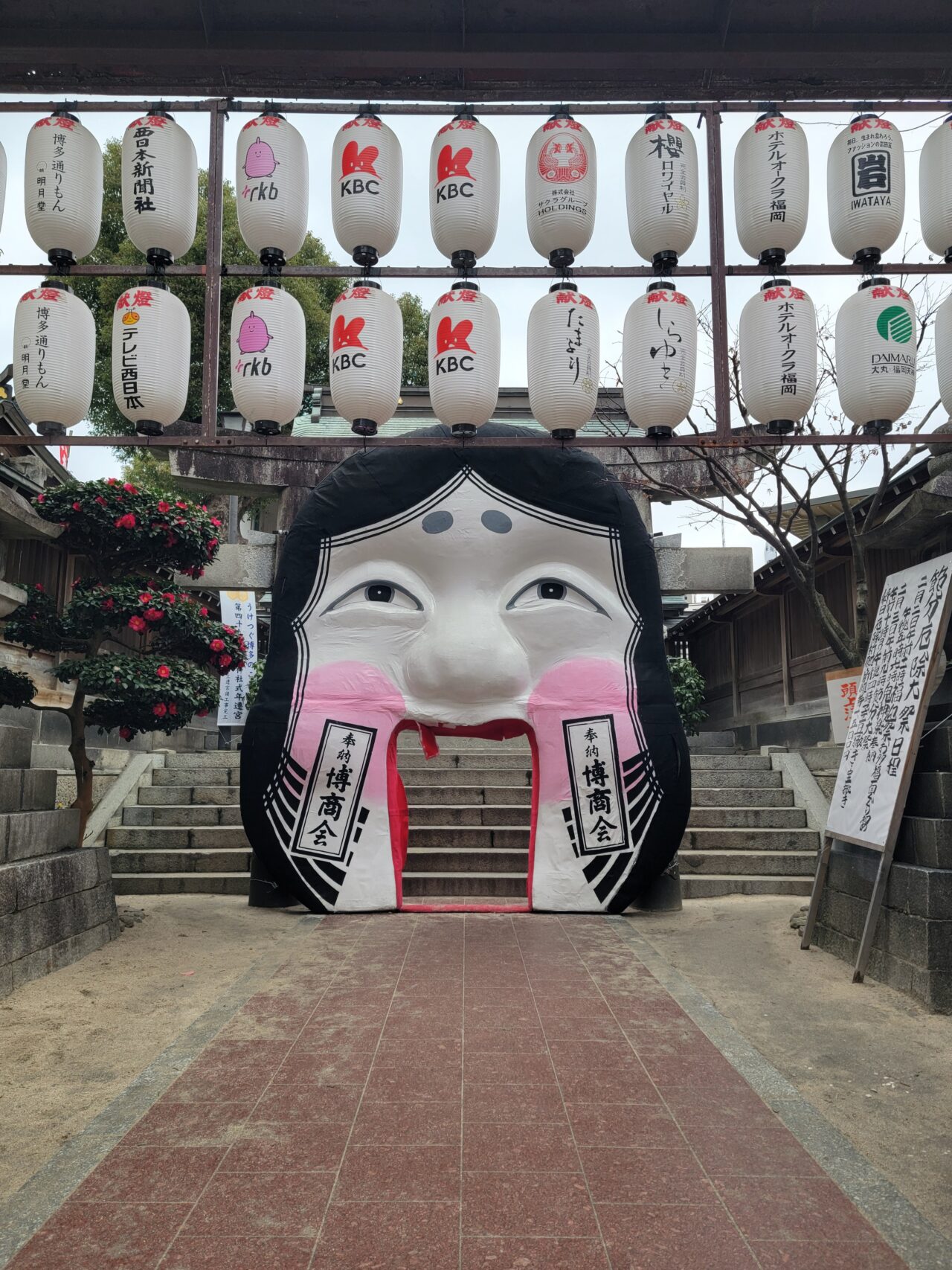
Kushida Shrine hosts a festival called the Setsubun Taisai, held on Setsubun Day in February. During this festival, the largest Otafuku mask in Japan is displayed, and traditional bean-throwing (mamemaki) ceremonies take place. Visitors are welcomed by this massive Otafuku at the shrine’s entrance.
Otafuku represents a traditional symbol of good fortune in Japan, characterized by a plump, cheerful, and round face. At Kushida Shrine, a giant Otafuku mask is set up to bring a festive and auspicious atmosphere.
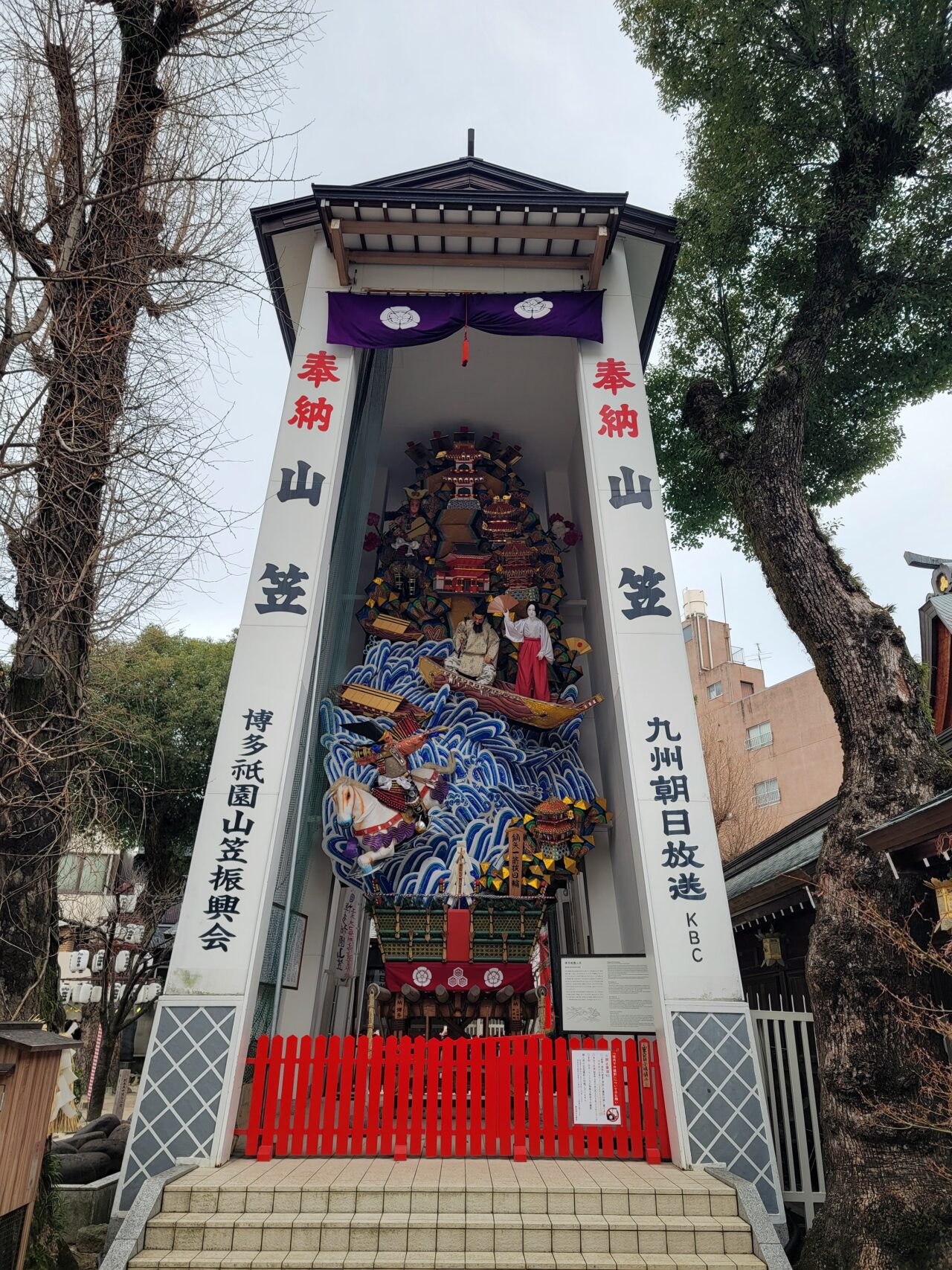
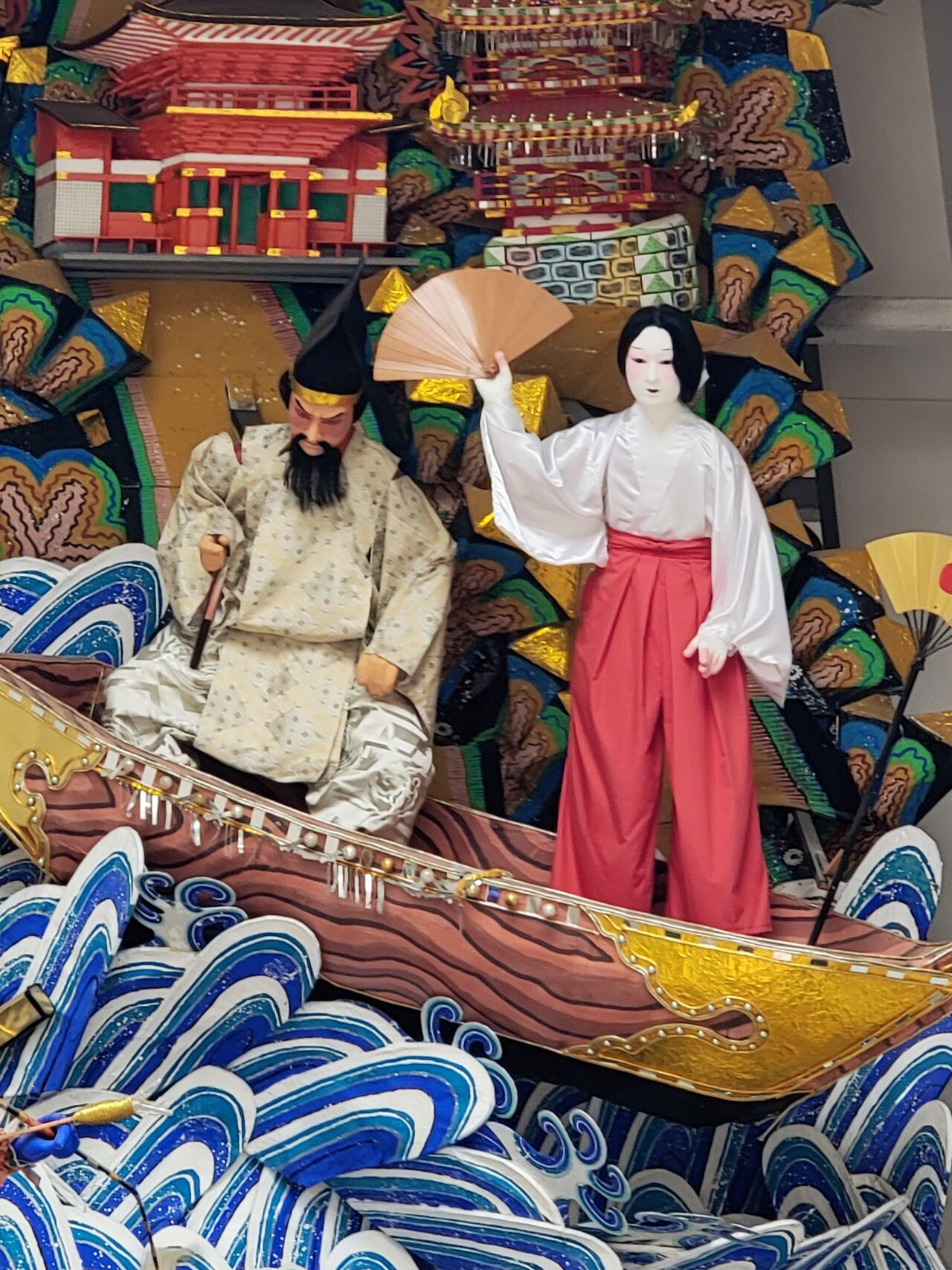
Inside the shrine grounds, you’ll find a Kazaruyamakasa—a decorative float used in the traditional Hakata Gion Yamakasa Festival, held every July. This towering float is on display at Kushida Shrine year-round, capturing the attention of both domestic and international visitors.
The intricate details, reminiscent of Japan’s rich history, are truly stunning. The float is lavishly decorated with figures like samurai warriors and shrine maidens (miko). Imagining this massive float being carried during the festival adds an extra layer of excitement—it must be an incredible sight to see in action!
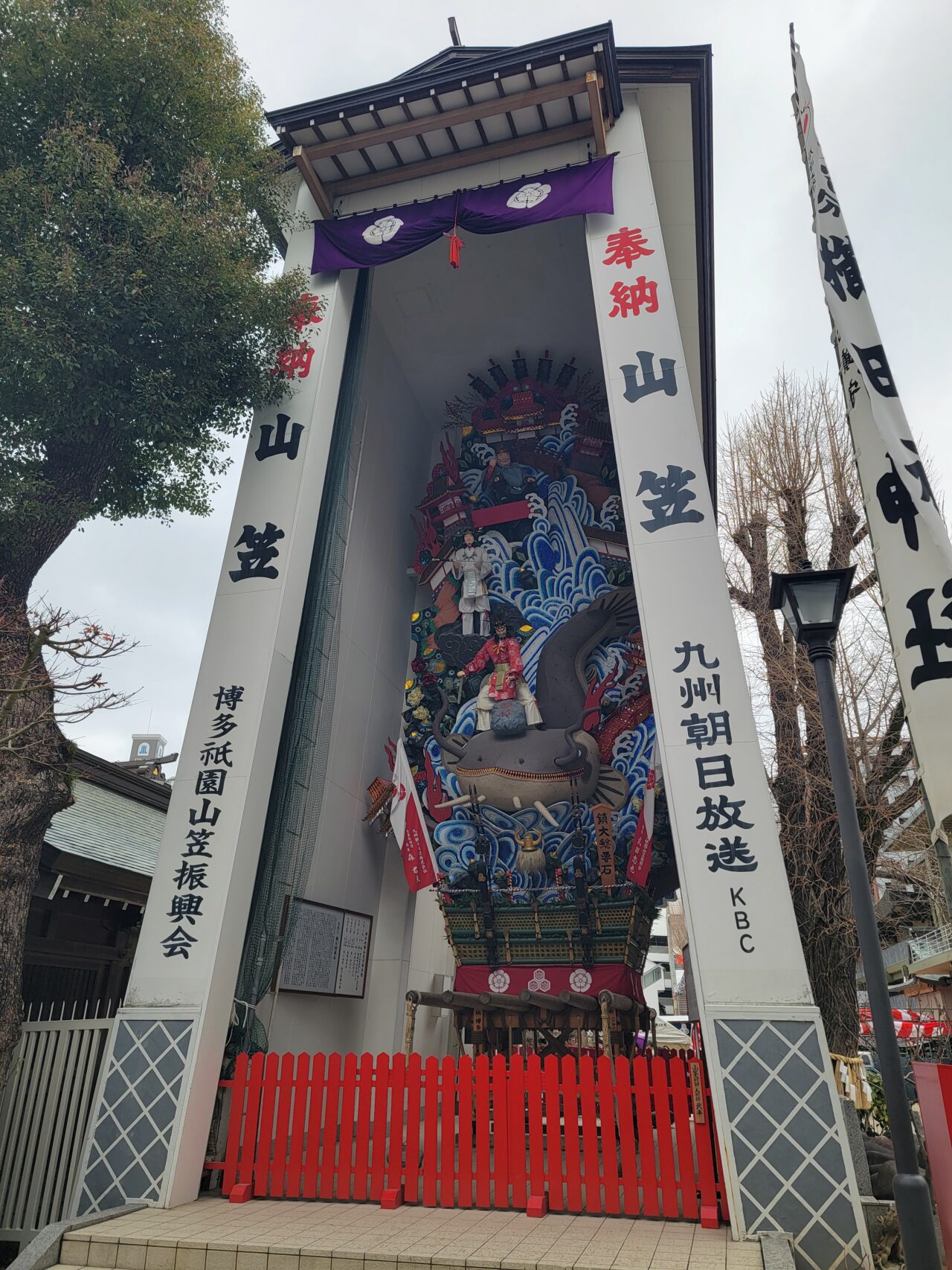
I passed through the torii gate of Shirakaken Inari Shrine, located behind Kushida Shrine, to offer my prayers.
Even though it was a weekday in late January, there were plenty of visitors. I heard people speaking Korean and Chinese, so I’m guessing many of them were tourists visiting Japan during the Lunar New Year holidays.
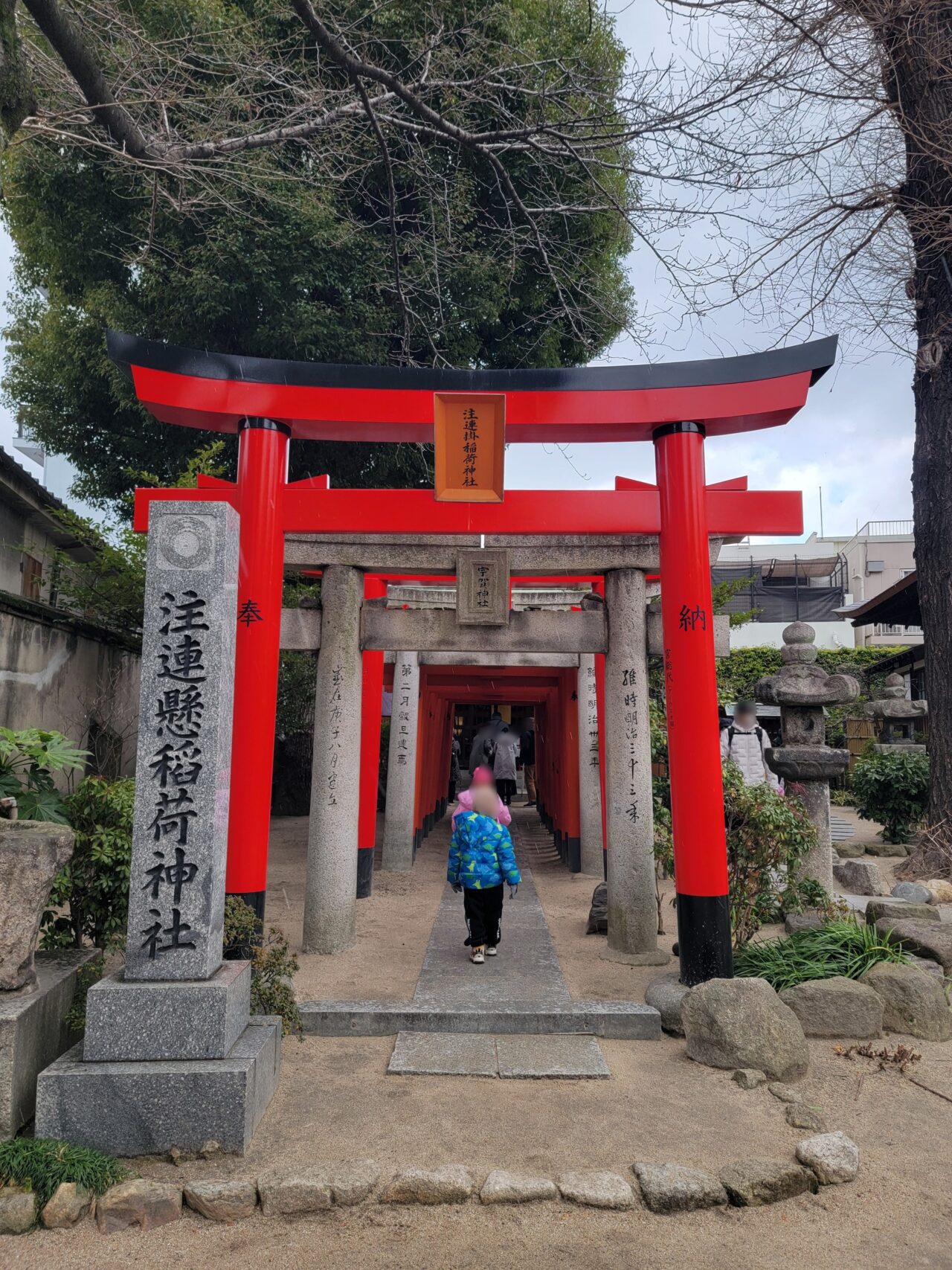
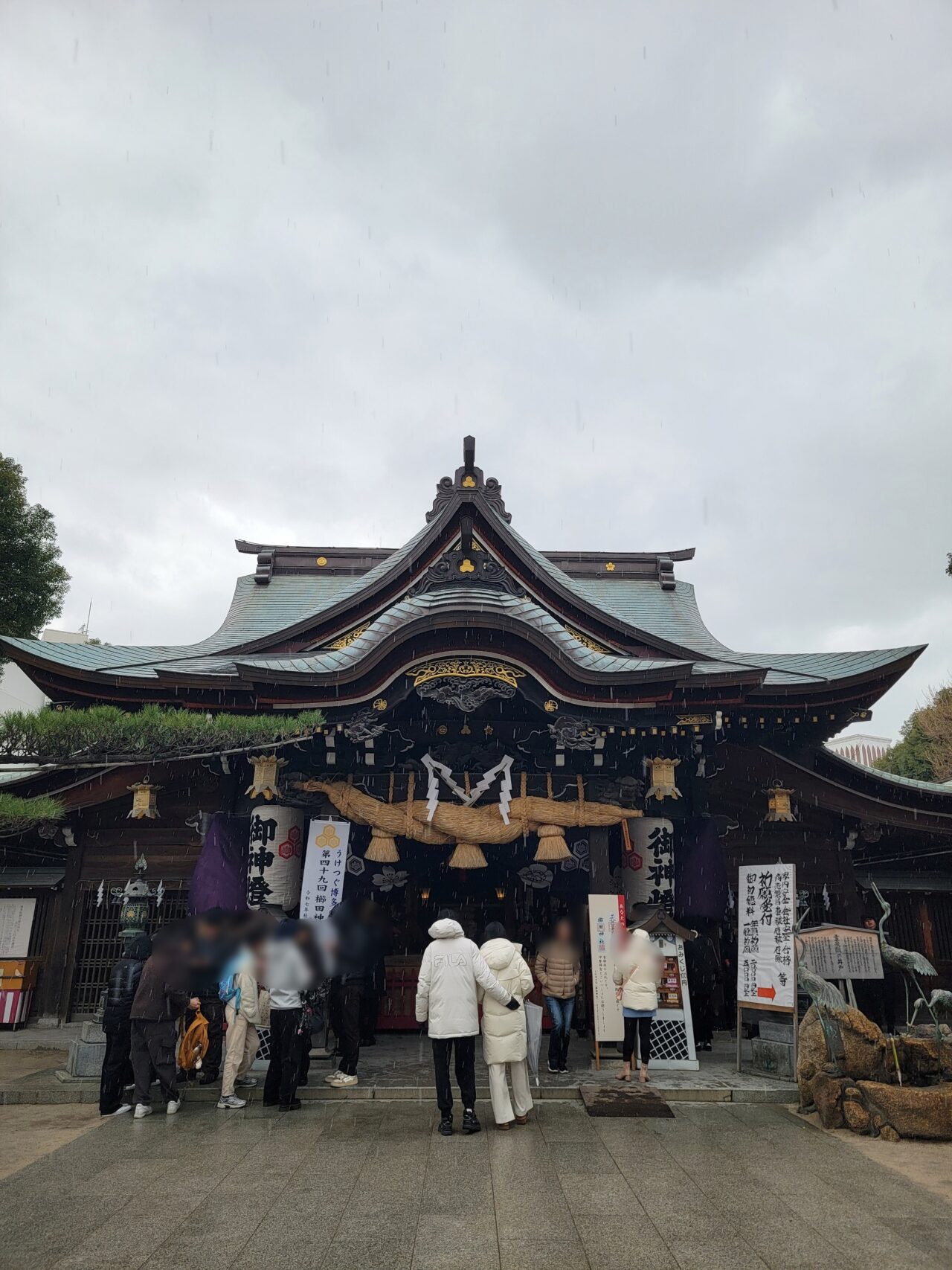
There was also a giant masu (a traditional wooden measuring box) used as an offering box, symbolizing prosperity in business and household matters—a clever play on the word "masu," which means “to thrive” or “to increase” in Japanese. It definitely felt like a lucky charm!
Maybe it’s thanks to the blessings I received, but work has been going smoothly since I got back home.
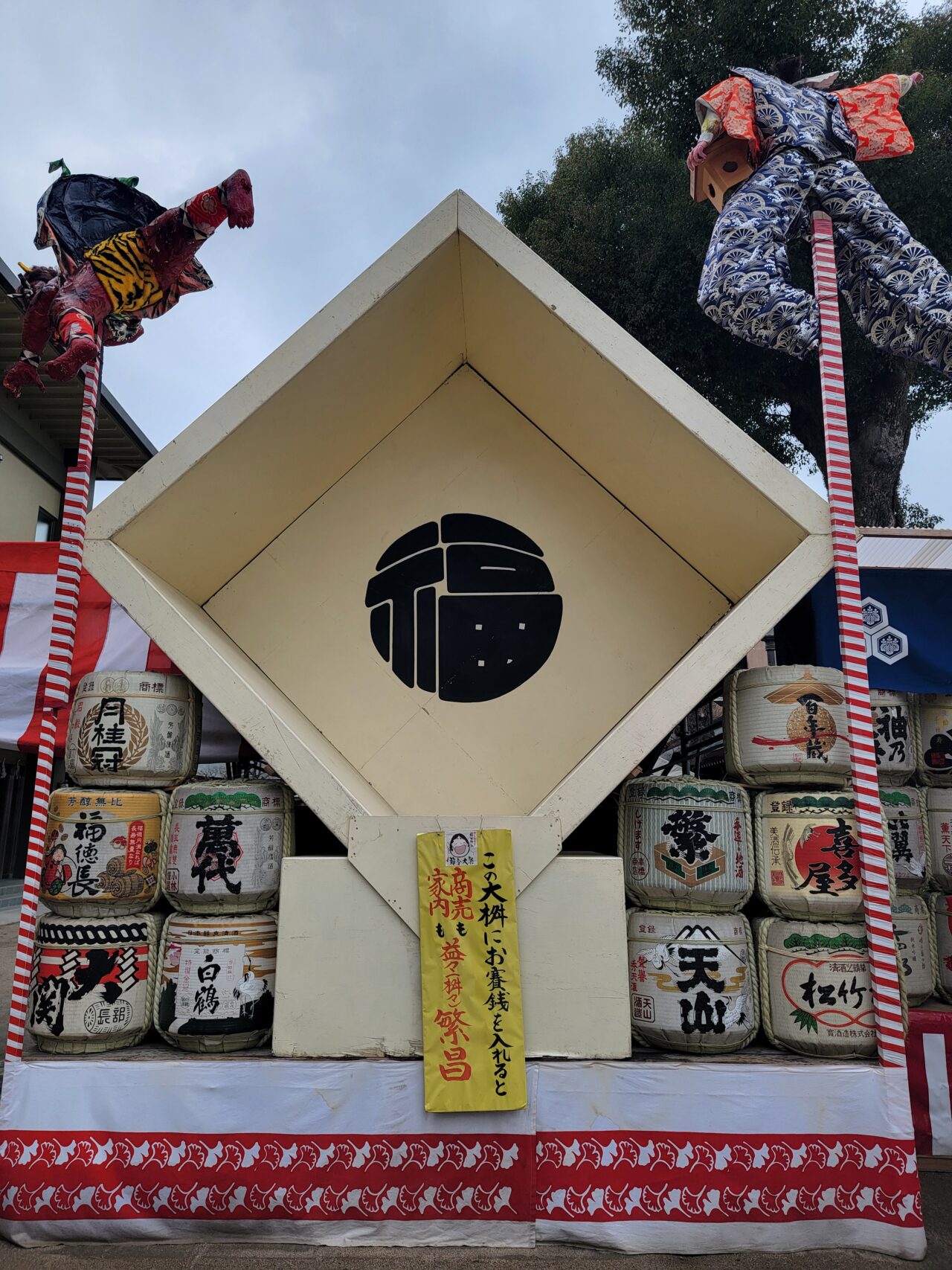
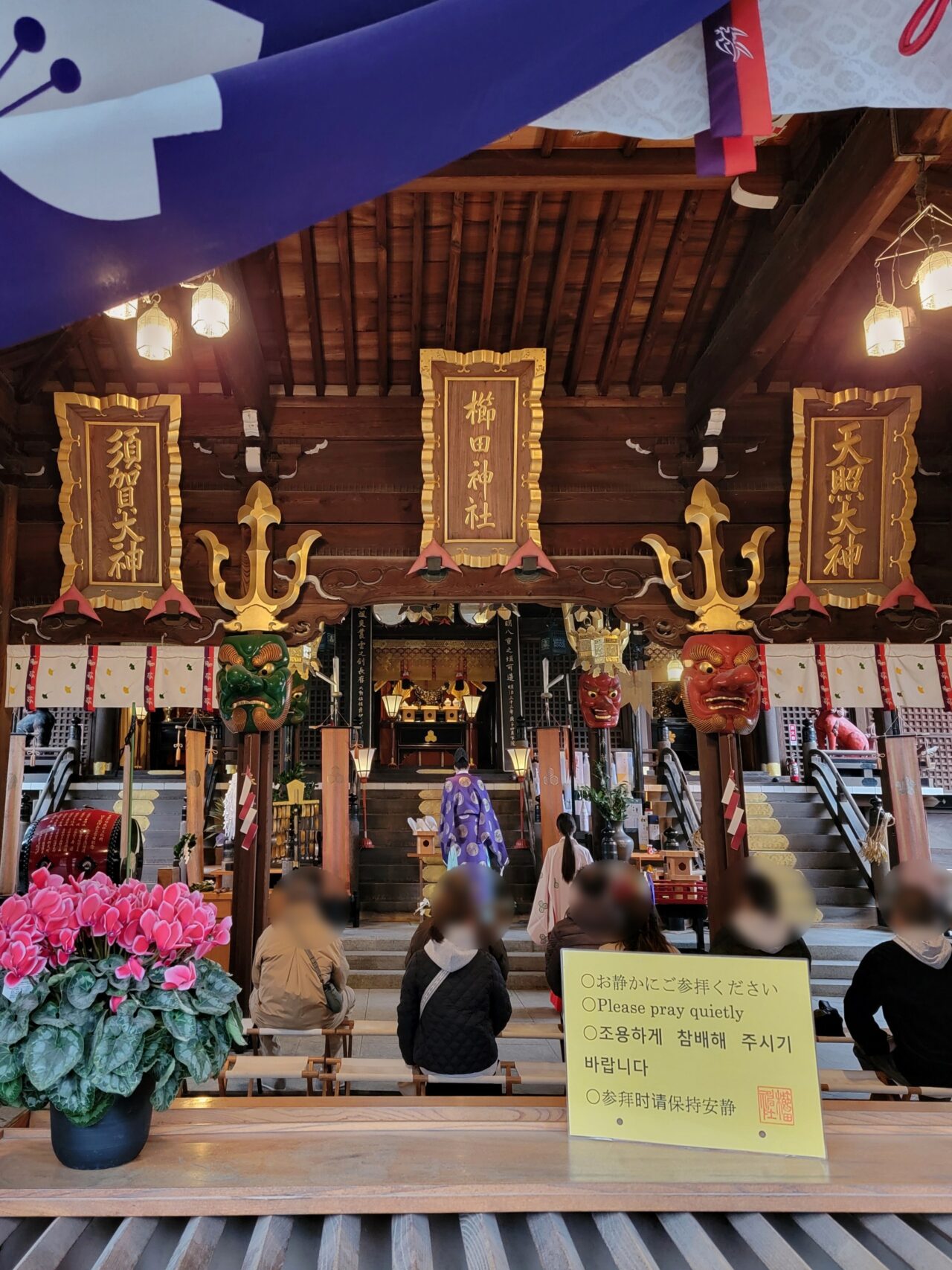
Kushida Shrine is a historic shrine said to have been founded in 757 during the Nara period. It’s believed to offer a wide range of blessings, including prosperity in business, household safety, good health, and protection from misfortune.
One of its hidden spiritual spots is the “Water of Eternal Youth and Longevity,” natural spring water that flows within the shrine grounds. It’s believed to bring blessings for longevity and lasting health.
Kushida Shrine is a place where Hakata’s history, culture, and spiritual traditions are deeply rooted and cherished by the local community. If you visit, I recommend taking a moment to connect with its rich history and experience its unique charm for yourself.


